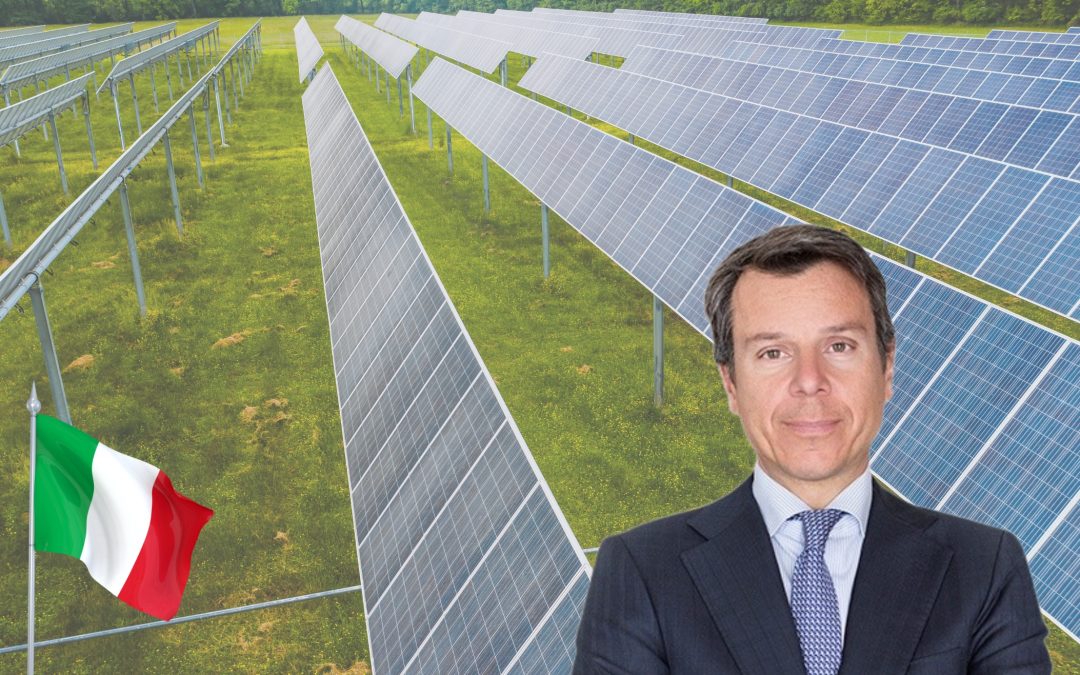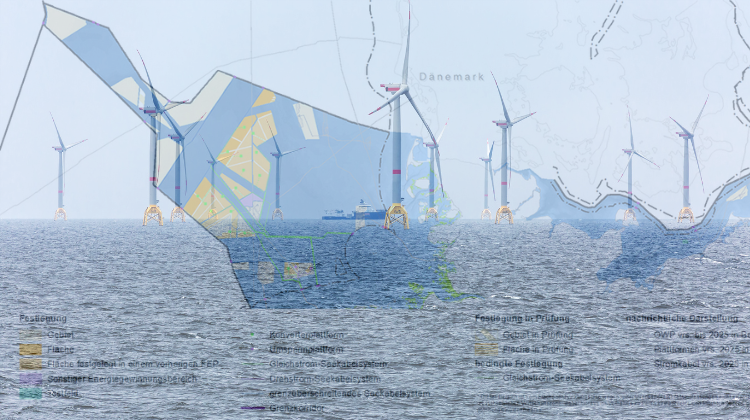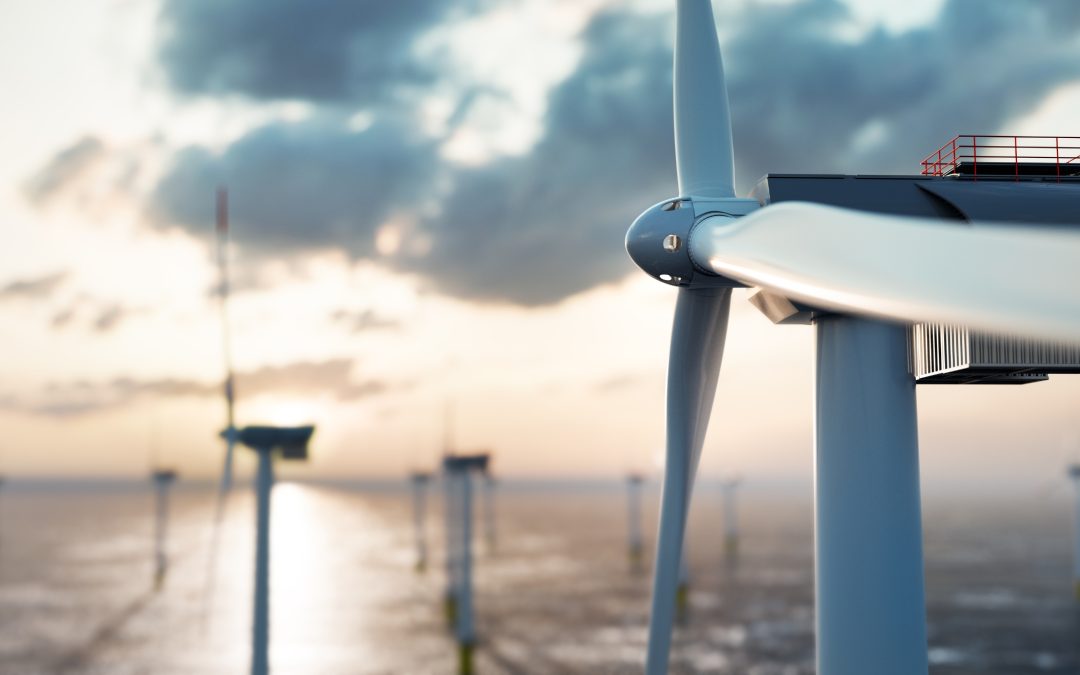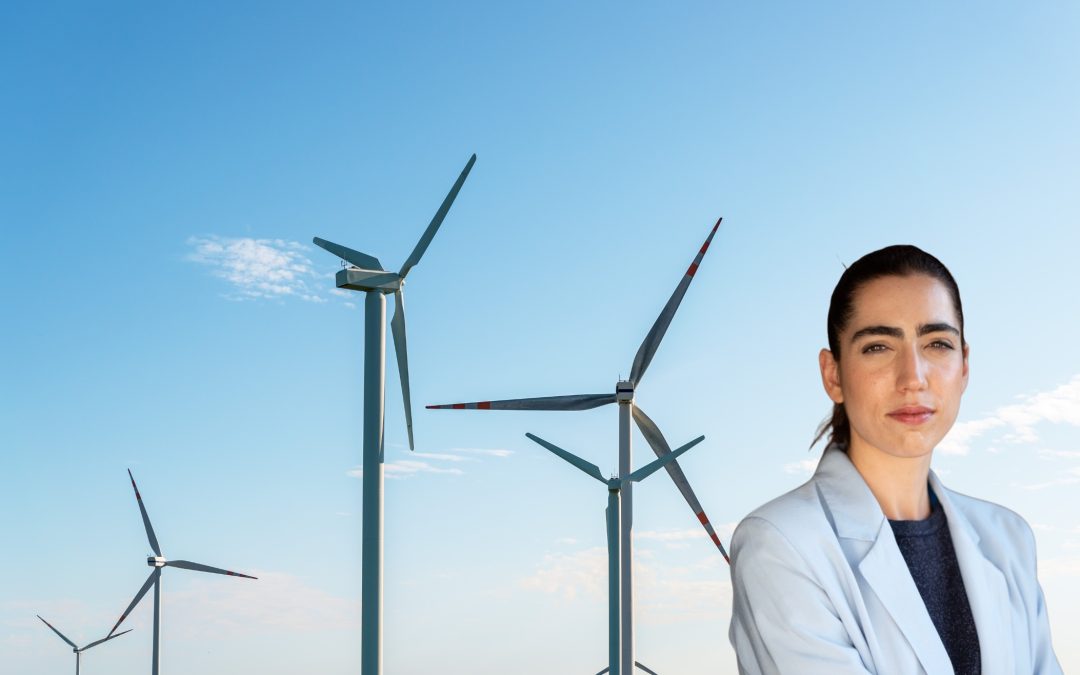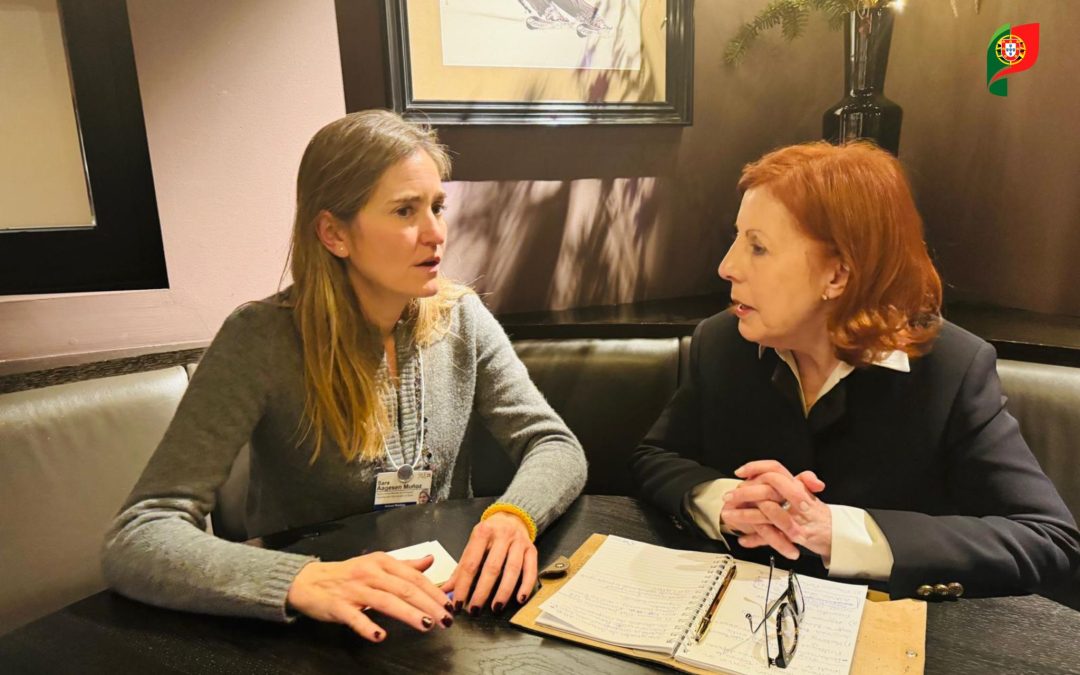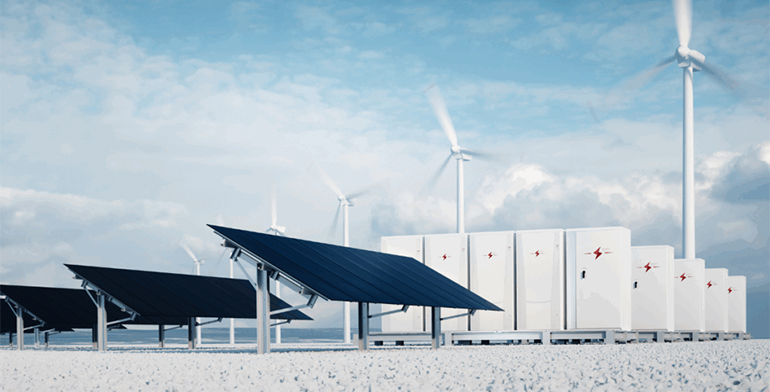The Planning Inspectorate of the UK Government is overseeing the progress of 35 GW of renewable energy projects, reflecting a strategic push aligned with the National Energy Plan (Net Zero). Leading companies in the sector are spearheading initiatives in offshore wind, solar, and emerging technologies, securing multi-billion-pound investments and making a significant impact on the UK’s energy mix. At the bottom of the page, the full list of renewable projects is available.















